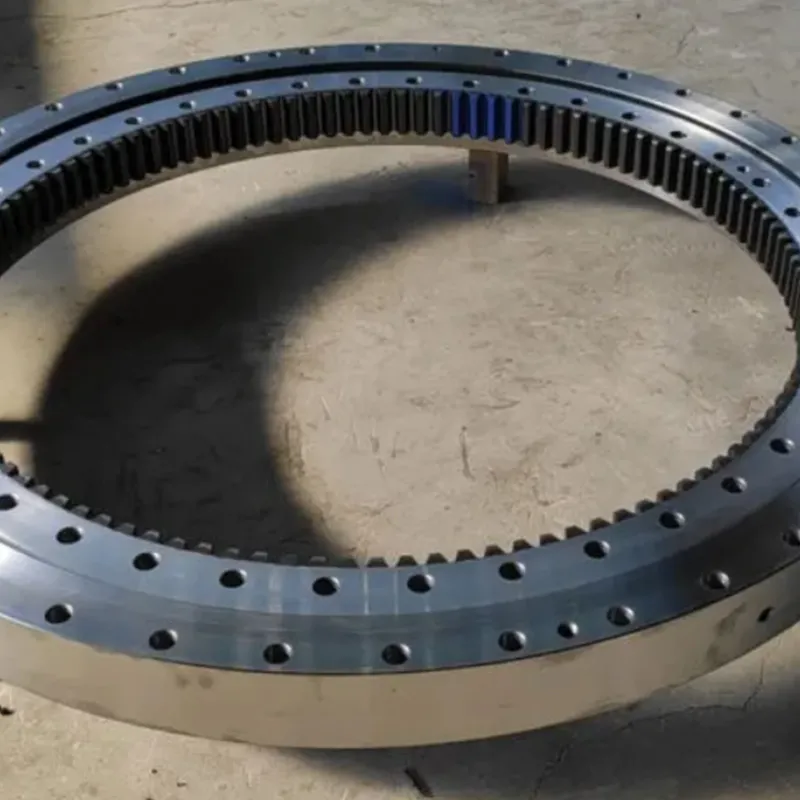-
Cangzhou Yulong Steel Co., Ltd.
-
Phone:
+86 13303177267 -
Email:
admin@ylsteelfittings.com
- English
- Arabic
- Italian
- Spanish
- Portuguese
- German
- kazakh
- Persian
- Greek
- French
- Russian
- Polish
- Thai
- Indonesian
- Vietnamese
- Zulu
- Korean
- Uzbek
- Hindi
- Serbian
- Malay
- Ukrainian
- Gujarati
- Haitian Creole
- hausa
- hawaiian
- Hebrew
- Miao
- Hungarian
- Icelandic
- igbo
- irish
- Japanese
- Javanese
- Kannada
- Khmer
- Rwandese
- Afrikaans
- Albanian
- Amharic
- Armenian
- Azerbaijani
- Basque
- Belarusian
- Bengali
- Bosnian
- Bulgarian
- Catalan
- Cebuano
- China
- China (Taiwan)
- Corsican
- Croatian
- Czech
- Danish
- Esperanto
- Estonian
- Finnish
- Frisian
- Galician
- Georgian
- Kurdish
- Kyrgyz
- Lao
- Latin
- Latvian
- Lithuanian
- Luxembourgish
- Macedonian
- Malgashi
- Malayalam
- Maltese
- Maori
- Marathi
- Mongolian
- Myanmar
- Nepali
- Norwegian
- Norwegian
- Occitan
- Pashto
- Dutch
- Punjabi
- Romanian
- Samoan
- Scottish Gaelic
- Sesotho
- Shona
- Sindhi
- Sinhala
- Slovak
- Slovenian
- Somali
- Sundanese
- Swahili
- Swedish
- Tagalog
- Tajik
- Tamil
- Tatar
- Telugu
- Turkish
- Turkmen
- Urdu
- Uighur
- Welsh
- Bantu
- Yiddish
- Yoruba

Aug . 09, 2024 02:40 Back to list
Exploring the Benefits and Applications of Die Casting in Modern Manufacturing Processes
The Art and Science of Die Casting
Die casting is a manufacturing process that allows for the mass production of complex metal parts with high precision and excellent surface finish. This technique has become indispensable in various industries, including automotive, aerospace, electronics, and consumer goods. By understanding the intricacies of die casting, we can appreciate its importance in modern manufacturing.
At its core, die casting involves forcing molten metal into a mold cavity under high pressure. The process begins with creating a mold, typically made of steel or iron, which is designed to produce the desired shape of the final product. The molds are often expensive and time-consuming to create, but they offer significant advantages in terms of durability and precision. Unlike other casting methods, die casting molds can withstand the high pressures required for the process, making them suitable for producing large quantities of parts.
One of the most significant benefits of die casting is its ability to produce parts with excellent dimensional accuracy and surface finish. Tolerances in die casting can often be kept within ±0.1 mm, and the surface finish can be enhanced further through secondary processes like plating or polishing. This level of precision is especially crucial in industries like aerospace and automotive, where safety and performance depend on the reliability of each component.
Die casting is primarily utilized with non-ferrous metals such as aluminum, zinc, magnesium, and copper alloys. Aluminum is particularly popular due to its lightweight nature and corrosion resistance, while zinc offers excellent fluidity and can flow into intricate molds easily. These metals, when cast, create durable parts that can endure the stresses of various applications.
die casting

The die casting process is typically divided into two main types hot chamber and cold chamber die casting. Hot chamber die casting is used with metals that have low melting points, where the melting furnace is integrated with the die casting machine. The molten metal is delivered to the mold through a gooseneck. This method is faster and more efficient for producing small parts in large quantities. In contrast, cold chamber die casting is used for metals with higher melting points, where the molten metal is poured into the chamber and then injected into the mold. This method requires more setup time but is essential for specific alloys, like aluminum.
Moreover, die casting is an environmentally friendly process. The materials used can often be recycled, reducing waste and energy consumption compared to other manufacturing processes. Aluminum and zinc scrap generated during production can be melted and reused, promoting sustainability in manufacturing.
However, like any process, die casting is not without its challenges. The initial setup cost for molds can be significant, making die casting more economical at high production volumes. Additionally, the speed of the process can lead to defects if not meticulously controlled, resulting in issues like air pockets, misalignment, or incomplete fills.
In conclusion, die casting is a crucial process in the modern manufacturing landscape, blending art and science to produce high-quality, precise metal components. Its ability to create complex geometries and its suitability for mass production make it a go-to solution across numerous industries. As technology continues to evolve, die casting processes will likely become even more efficient and environmentally friendly, solidifying its role in the future of manufacturing. By embracing this technology, industries can ensure reliability and performance in the components that drive innovation and progress.
Latest news
-
ANSI 150P SS304 SO FLANGE
NewsFeb.14,2025
-
ASTM A333GR6 STEEL PIPE
NewsJan.20,2025
-
ANSI B16.5 WELDING NECK FLANGE
NewsJan.15,2026
-
ANSI B16.5 SLIP-ON FLANGE
NewsApr.19,2024
-
SABS 1123 FLANGE
NewsJan.15,2025
-
DIN86044 PLATE FLANGE
NewsApr.19,2024
-
DIN2527 BLIND FLANGE
NewsApr.12,2024
-
JIS B2311 Butt-Welding Fittings LR/SR 45°/90° /180°Seamless/Weld
NewsApr.23,2024











